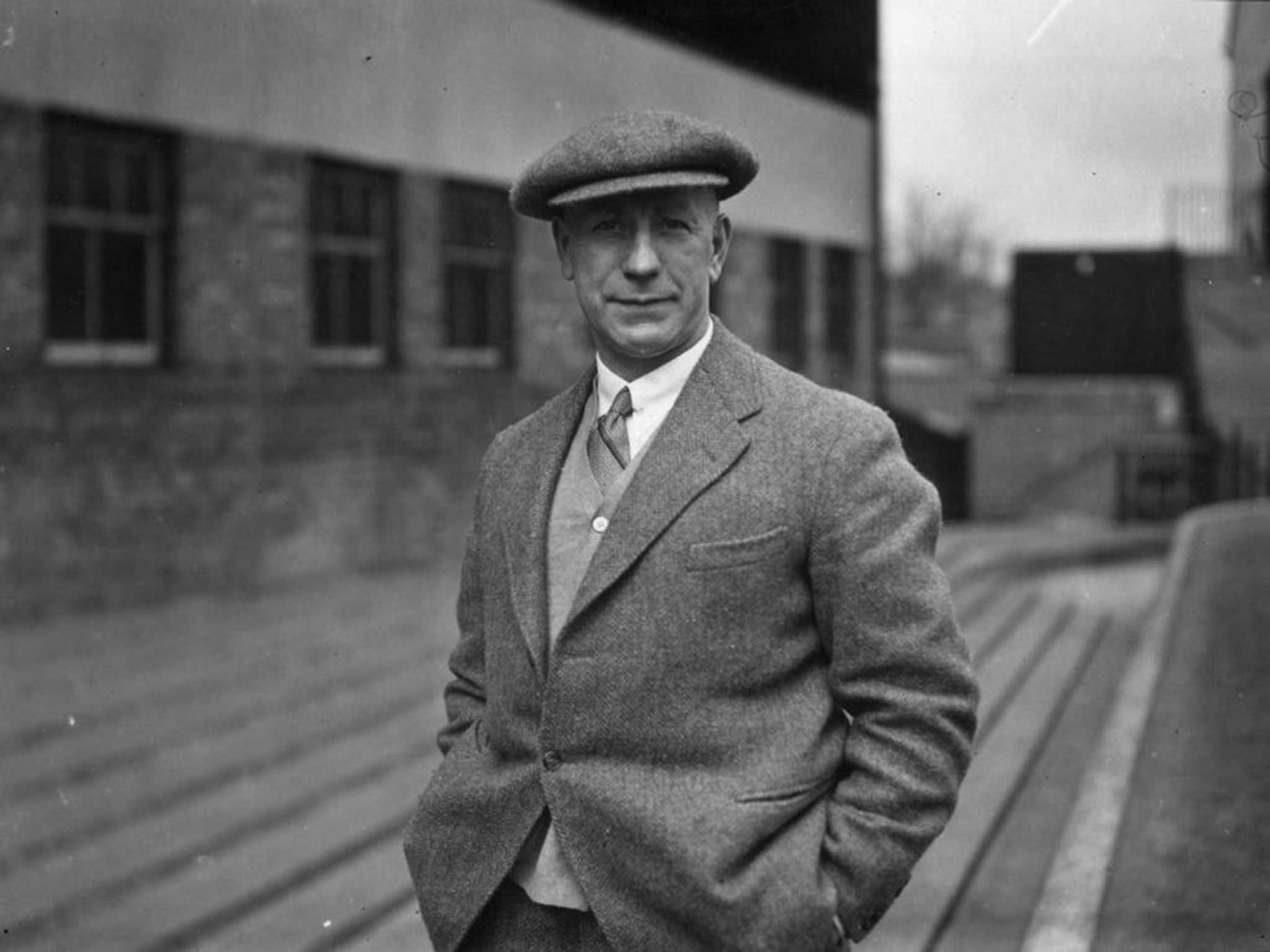Despite temptations, drugs do not appear to work in British game
Statistics suggest few Premier League players deliberately use performance-enhancing drugs

Walk into any club training ground and on the walls, alongside the anti-racism and Respect posters, there will be ones counselling against drug use. One suggests cannabis use leads to the parks rather than Old Trafford. Another claims 10 per cent of supplements are contaminated by banned substances. A third reminds players to update their whereabouts to be available for testing. There are six in all, regularly changed to avoid becoming wallpaper.
This week, in the wake of Maria Sharapova’s revelation that she tested positive for a banned drug, these visual warnings will have been backed up by verbal ones, from managers and medical staff, who will tell players: “Do not take anything – anything – without checking with the doc.”
Accidental infringement is the fear because statistics suggest few players deliberately use performance-enhancing drugs. Only two have been caught doing so in the last five years – both while playing in League Two. Indeed, only one Premier League player has ever been banned for deliberately taking a performance-enhancing drug, Abel Xavier, then of Middlesbrough, in 2005.
This seems remarkable. The Premier League is one of the world’s wealthiest and most demanding sports competitions. Players are expected to deliver peak performances, once or twice a week, for 10 gruelling months. Many play with injuries and ailments, anxious not to lose their place and are persuaded onto the pitch by desperate managers. Clubs, meanwhile, invest cash and expertise in seeking fractional advantage over opponents.
In this environment, one might think, the temptation to use performance-enhancing drugs is considerable. There is, after all, a long history of players taking stimulants. In 1925 Arsenal manager Leslie Knighton gave his players “little silver pills” handed to him by a doctor supporter. The players apparently felt full of energy, but were left with a raging thirst and soon refused to continue.
More successful were the monkey gland injections administered at Wolves by Major Frank Buckley a decade later. These may have contained testosterone, being taken from monkey testicles, but are thought to have been effective only as a placebo. Whatever the truth the Wolves players felt more energised and, after they had beaten Everton 7-0 and Leicester City 10-1 the practice spread widely enough for the Football Association to investigate. They concluded it was permissible, but had to be voluntary.
Post-War, Everton’s 1963 title was alleged by goalkeeper Albert Dunlop to be powered by the amphetamine benzedrine. The club denied this was a co-ordinated plan, but admitted some players took “mild stimulants”. Four years later British cyclist Tommy Simpson died in the Tour de France after taking a combination of amphetamines and alcohol and the issue of drugs in sport suddenly became serious. The following year drug tests appeared at the Olympics and the duel between dopers and testers began.
There have subsequently been a few cases in football – notably in Italy in the 1990s – but the British game has been largely free of scandal. Scotland’s Willie Johnston was sent home from the 1978 World Cup after testing positive for a stimulant, but this seems accidental, the winger having ingested it via an over-the-counter medicine. Similarly in 2011 Kolo Touré, then at Manchester City, was ruled to have accidentally taken a diuretic in his wife’s diet pills, and thus only banned for six months.
Teams do use legal performance-enhancers such as supplements, vitamins and caffeine tablets. It is, though, unlikely that clubs would encourage their players to take banned drugs as the chances of being caught are growing, especially at the elite level.
This season Uefa began the mass blood-testing of players in European competitions to create blood passports – which are more effective at spotting doping than the standard urine test. Besides the post-match testing of two players each team, Uefa visits training grounds on a monthly basis to test up to 10 at a time.
In England the FA has also increased tests, by 50 per cent last season to 2,286. The majority are intelligence-led, targeted testing away from matches, which is wise as among those most likely to be tempted will be players seeking a swifter return from injury.
So far these tests have revealed a small number of players, usually young ones, testing positive for recreational drugs, but no top-flight player doping to improve performance. Hull City’s Jake Livermore was found guilty last year of taking cocaine, which is on the banned list, but this was judged to be a reaction to the loss of his new-born baby rather than a desire to improve performances. The most high-profile ban remains that placed on Rio Ferdinand, for eight months in 2003, not for taking drugs but for missing a test.
Does this mean British football is clean? Only one Briton is currently banned: ex-Partick Thistle defender Jordan McMillan. The two rugby codes account for 33 of the 56 athletes suspended by UK Anti-Doping. Rugby, though, places a premium on power, increasing the temptation for steroid abuse, while football requires such a combination of strength, skill, flexibility and technique few drugs appear effective enough to be worth the risk. Although someone may be ahead of the game.
Join our commenting forum
Join thought-provoking conversations, follow other Independent readers and see their replies
Comments